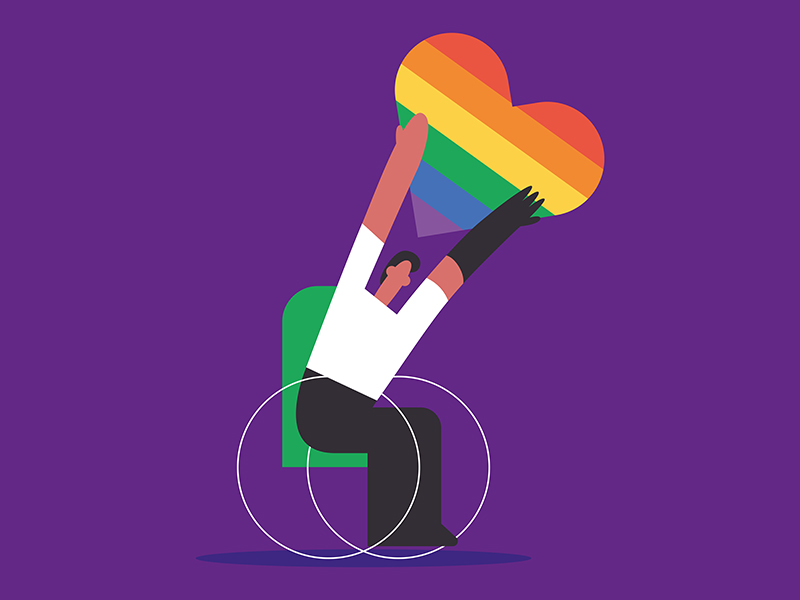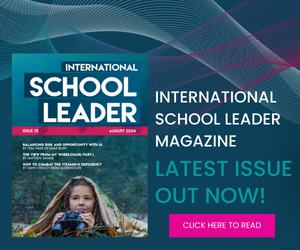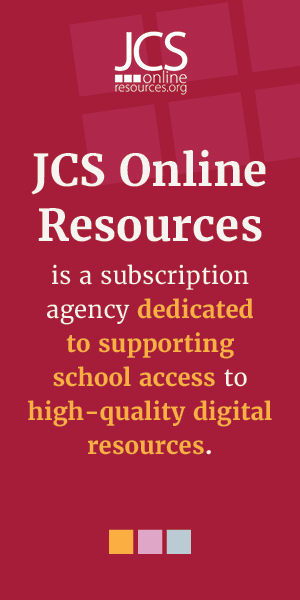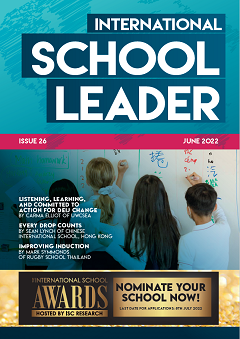By Matthew Savage
I identify as being disabled. My disability is complex, derives from multiple diagnoses and has grown from manifold roots, but, for the purposes of this article, I will focus not on my Diabetes, Borderline Personality Disorder (BPD) or Complex Post Traumatic Stress Disorder (CPTSD), but two others instead: my Functional Neurological Disorder (FND); and my Rheumatoid Arthritis (RA). I do this partly because of their frequent comorbidity, and partly because they have something critical in common: namely that each condition disrupts the signals of what was my healthy brain, which disruption impacts significantly on my physical and mental health. This is ironic given that, on the surface at least, my brain has often been regarded as one of my best assets.
First rearing its head over 20 years ago, my initial experience of FND – a condition to which many survivors of childhood trauma are predisposed – whilst dramatic, was mercilessly short-lived. However, when it returned, in the summer of 2021, it was a bigger beast entirely, and back with a vengeance. Quickly, this Version 2.0 scrambled the brain signals on which we all depend in order to walk (Functional Gait Disorder), rendering me wheelchair-dependent for the foreseeable future, whilst also sending erroneous signals daily throughout my body of excruciating pain despite there being no objective cause (Allodynia). However, whilst the pain persists even now, in January 2024, after many months of neurophysiotherapy and what is called ‘synaptic pruning’, I finally began learning to take my very first steps again.
Even though my trajectory has proven erratic (it is likely I will continue to experience periods of partial paralysis throughout my life, and it may be I never stop being a wheelchair user), it was hard to shake the joy of walking once more, a joy I never want to forsake or forget. Like the spectacular mountain, sea loch and moorland views that surround my Skye home, I hope that I always view each step with awe.
All of which made doubly difficult my diagnosis of RA just weeks later. Unlike its namesake, Rheumatoid Arthritis is an autoimmune disease in which the immune system mistakes and attacks the joints as if they were an infection. Whilst we hope that the cancer drug I self-inject weekly to switch off my immune system can, when we finally find the optimal dose, mitigate further harm – by the time you read this, we may have found that, or we may still be a long way from doing so – the damage it will already have caused, already visible in my hands and fingers, is irreparable.
And the pain I currently suffer most days often renders even the most basic of manual tasks (from opening a door handle or a bottle, to stirring a saucepan or putting on my own clothes and shoes) at best, excruciating and, at worst, impossible. Most cruelly of all, the walking I was beginning to master again is often impossible again, due to inflammation in my foot and ankle joints and atrophy in my foot pads.
All of which has made me reflect not only upon what it means to be disabled in an ableist world, but also upon what I have learned, from my disability, about schools, school leadership, and what it means to provide a truly inclusive education.
I am not my disability
This is a tricky one. On the one hand, one of the ways I have learned to cope with, and not be ashamed of, my disability has been to own it, to embrace it as an essential part of who I am. In that sense, therefore, I am my disability, and my disability is me. My Disability Pride badge still travels with me in my hand luggage, even if I have not yet plucked up the courage to display it. And yet, contradictorily, I refuse to become my disability, or to let it become me. I am so much more than my disability. On several occasions, in airport security, staff have talked about me, over my head, referring to me as “the chair”, but I am not my chair.
I am so much else besides these parts of my identity – of some of which other parts I am often proud and by others of which I am sometimes embarrassed. But all of these things are also me, even if they cannot be for the time being. I am – even if, currently, I cannot be – a runner, a kayaker, a swimmer, a scuba diver and a cyclist; I am a writer, a poet, a reader and a wordsmith, a musician and a film fanatic; I am an empath, a visionary and a leader, a student, a learner and a pioneer. And I am also an imposter, who does not believe that I am actually any of these things.
To be inclusive is to recognise simultaneously that your disabled students and staff both absolutely are, and are indefatigably not, their disability, and that is ok.
Contextual disability
I recently had a fascinating conversation about whether disability exists on a spectrum from mild to severe, and my experience says otherwise. In fact, I would argue that, in many respects, my disability is contextual. For example, the extent to which I am disabled by my CPTSD will depend in part by the psychological safety of the environment in which I am operating, and my FND is markedly different in new or urban settings than it is in the rural familiarity of where I live.
Similarly, even my dependence on a wheelchair is so much more of a disability when the physical environment has not been built for me, which means that, as someone who travels worldwide for a living, I experience different degrees of disability in different cities and schools, hotels and conference venues, and such has been my traumatic experience of airports and planes that my legs still become paralysed completely in both.
Therefore, if schools were intentionally designed with the needs of disabled people at the forefront, those people would enrich their community rather than be shackled by their disability.
Gatekeepers and self-identification
And if disability can be contextual, so can it come down to identification too. Of two people with very similar conditions, one might identify as disabled, whilst another might choose not to do so. I have been reminded of this in response to the recent disparagement, in a rapidly rightward-tilting world, of identity as a construct in the first place. For example, the perceived explosion recently in the number of people identifying as neurodivergent, or as trans or non-binary, has led to the charge that such identities be tightly controlled by a diagnostic gatekeeper.
However, this ignores the fact that waiting lists typically mean that assessment is often the preserve of the wealthy, not to mention that those gatekeepers invariably herald from privileged demographics.
Therefore, I wonder what space we could make in our schools for students’ identification to play a greater role in signposting their needs and determining the adaptation and support their school should make readily available.
Binaries are for computers
I have long known, from parenting two trans children, that binaries are for computers. However, before I first depended upon a wheelchair, I had always assumed, naïvely, that somebody either needed a wheelchair or they did not: that there was some sort of disability binary. Sure, there were those who needed a device temporarily, as a result of, say, a sporting injury, but, other than that, people were either this or they were that.
Now, as someone who needs my wheelchair some weeks, days or even hours, but, on others, either just my crutches or a walking stick, or, sometimes, no support at all, I have learned that a majority of wheelchair users only need it some of the time.
Imagine how much we could augment our DEIJB work in schools if we embraced this nuance in its glorious technicolor across all intersecting and marginalised characteristics and identities.
Everything is connected
If I had not experienced abuse as a child, I would not have developed BPD or CPTSD. Without my mental health history, I would have been much less likely to have developed FND. It is impossible to separate my contraction of RA from my previous three years in a wheelchair, and my Type 2 Diabetes has not only arisen due to those years of immobility and weight gain but it has also increased the likelihood of, and been exacerbated by, my RA. In other words, it is all linked.
The work I do with schools hammers this point home: wherever we approach education in silos (academics and wellbeing, inclusion and the mainstream, the Arts and the Sciences, home and school, the list goes on) bad things happen.
Everything about me, about you, about us, is interconnected, and we must remember this at all times, if we are to seek new paradigms of education and inclusion.
You can read the second part of this article – in which I talk about everything from power to policy, and from (in)visibility to exhaustion – in the next issue of International School Leader Magazine. However, if you have any questions in the meantime, please reach out to me on LinkedIn, or email me.

Formerly an international school principal, and the architect of The Mona Lisa Effect®, Matthew’s mission is to help schools ensure that every single child and young person, without condition or exception, can be seen, be heard, be known and belong. He is also a member of the Advisory Board for Parents Alliance for Inclusion, the Global Equality Collective and ECIS’ DEIJ team, and a proud contributor to the Diverse Educators’ network.





